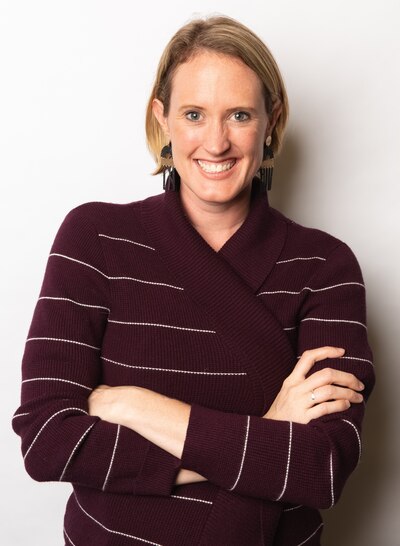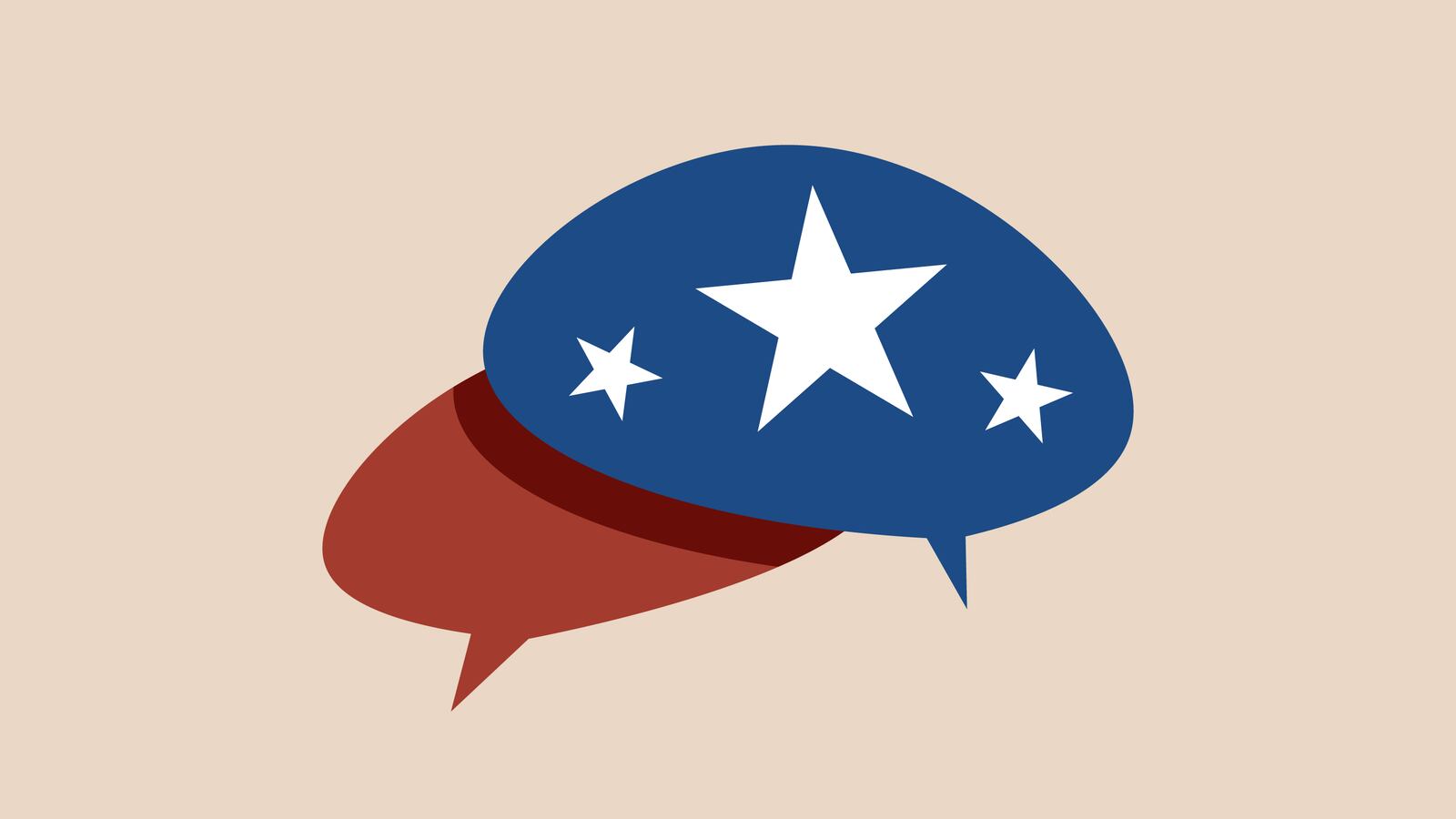Early this summer, I watched school boards and school system leaders face tough choices about when and how to reopen school buildings. They sent surveys to families to gather input and formed “reopening committees” that negotiated decisions about masks, virtual options, and staffing plans. I sat in on several committees, across state lines, as an instructional leadership consultant.
I found inspiration in many of these reopening conversations. I was impressed by the ways I saw teachers, parents, and students trying to understand the feelings and fears of their neighbors (e.g., would a plexiglass divider make you feel safer?), weigh evidence about what safety measures were important (e.g., do we know if the virus can spread in water fountains?), and share new ideas about what could be offered (e.g., can we hold choir class outside?). At their best, those discussions showed me what strong civic discourse about schools can look like and accomplish.

As the summer heated up, I watched the conditions and spirit of these conversations change. When political leaders started weighing in with their opinions about what schools should do, it affected attitudes and decisions. Some teachers who had been open to returning in person suddenly grew quite opposed; some leaders that had been open to the possibility proclaimed “there will be no mask requirement”; some school leaders who had planned for virtual options got word from their boards that “we will be all in-person.” Today, whether a school is in-person or virtual has much more to do with the local results in the 2016 presidential election than the current virus case count.
As I watch debates continue to unfold in many different contexts, I am up at night sick with worry about the future of public schools. The events of 2020 will lead to fierce fights that could either significantly hobble public schools or lead to a chapter of profound progress. Our commitment to the debate and to the core value of disagreement will determine our fate.
I see three big threats emerging that could change public schooling forever:
- Declines in public school enrollment: The school leaders I talk to are very concerned about enrollment numbers. Last year, 85% of students in America went to public schools; this year, the data clearly tells us the percentage has dropped. Many families switched to private school, declared themselves homeschoolers, or are sitting out the year altogether (particularly in kindergarten). For many students and their families, public school had always been the only option because private schools cost too much for most and homeschooling just wasn’t feasible. However, a growing number of states have opened public virtual schools and have seen enrollment skyrocket; thousands of parents have withdrawn their children and formed private learning pods; and the universal test drive of homeschooling this spring made it feel like a possible and favored option for many families. Disagreements with the direction of public schools (see #2 and #3) may increase the appetite to explore other options, which will compound these very challenges. What happens to local public schools if many more students stop going?
- Impossible financial constraints: All the financial forces at play, including unemployment numbers, local and state tax base declines, and enrollment declines, mean schools are likely to have fewer resources at the very time they are facing increased costs like PPE, greater staffing needs, and tutors. If budgets drop by as much as 20%, schools will be forced to make decisions that will cut to the bone (e.g., do we increase class sizes to 40 students or cancel 12th grade entirely?). In this context, some small school systems may just merge or dissolve, forcing students to choose between longer commutes and virtual school. What happens to public schools if they cannot fund the basic functions of public schooling?
- Intensifying polarization: In the wake of the murder of George Floyd, states and school districts are reevaluating standards and curriculum, particularly in social studies, to name more clearly the role racism plays in our country’s formation, in our current power structures, and in our schools. Student and teacher interest in talking about race in schools has grown. But so has opposition to the conversation — most notably signaled by President Trump’s tweets about critical race theory training and the 1619 Project. While we’ve had fierce political curriculum debates before (e.g., evolution, sex ed, international affairs in the Middle East), we have not had them in a context as heated as what we see today. As the debate about the role of race in the curriculum unfolds, it is not hard to imagine half of schools teaching the The 1619 Project and half teaching the 1776 Commission, and each claiming that the other version is “wrong.” What happens to our country if the institutions where we send our children to learn how to become citizens lock into identities as “red schools” and “blue schools”?
There are reasons to worry. Yet, as distressing as I find the threats to public schools, I have never seen a greater opportunity to improve education in America.
A tight set of rules governs school design as we know it — everything from content standards and testing to attendance policies, schedule requirements, funding formulas, school choice, and teaching certification requirements. Long before the pandemic, these rules were not serving all students well. Now we have a rare opportunity to fundamentally reevaluate and redesign schooling, to ask ourselves what rules we keep and what rules we change. For example:
- After COVID, should 16-year-olds go back to in-person schooling five full days a week, or should a school system allow students to keep half of their classes remote forever?
- Can parents who want to turn a learning pod into a microschool receive public funding to do so? What regulations will microschools have to follow?
- How do we make sure every 6-year-old who spent this year out of the building catches up by the end of elementary school? What foundational knowledge and skills are most important?
- What do we value in the certification requirements and the hiring practices as we select the next generation of teachers?
- What work do we ask students to do? Should changes in our economy lead to changes in the curriculum? For example, should children learn a great deal more about how to design technology? In the meantime, do we keep teaching cursive writing?
Coming together to answer these and other questions will require a community to believe in its public schools, aspire to strengthen them, and commit to making space for real civic debate.
The problem is, debates require us to keep talking to each other, even when we disagree. Researchers have found that we are carrying stronger moral convictions about a growing number of issues, and when we approach issues with a high degree of moral conviction, we are less curious about other views, less open to evidence, and less able to imagine trustworthy decision-making processes. If we have the option of an out, why stay in moral combat?
The only way I see us staying in the debate is if we make productive discourse a core value we want to model. If we hope to teach our children that communities negotiate visions of who we want to be by disagreeing, and that being a community member means staying at the table even if we don’t win every debate, then we have to show them how to do it. We can do that, right now, by listening to the needs of our neighbors as we redesign our local public schools.
It is ultimately our tax dollars that fund schools, so we all get a voice. Most fundamentally, we have the power to decide if we will keep showing up for the debate. Our children will learn from the example we set. Nothing less than the future of our nation is at stake.
Emily Freitag is the co-founder and CEO of Instruction Partners. She has served as Assistant Commissioner of Curriculum and Instruction for the Tennessee Department of Education and managed Teach For America’s Connecticut and D.C. regions. Emily began her education career in Louisiana, where she taught seventh-grade math.



